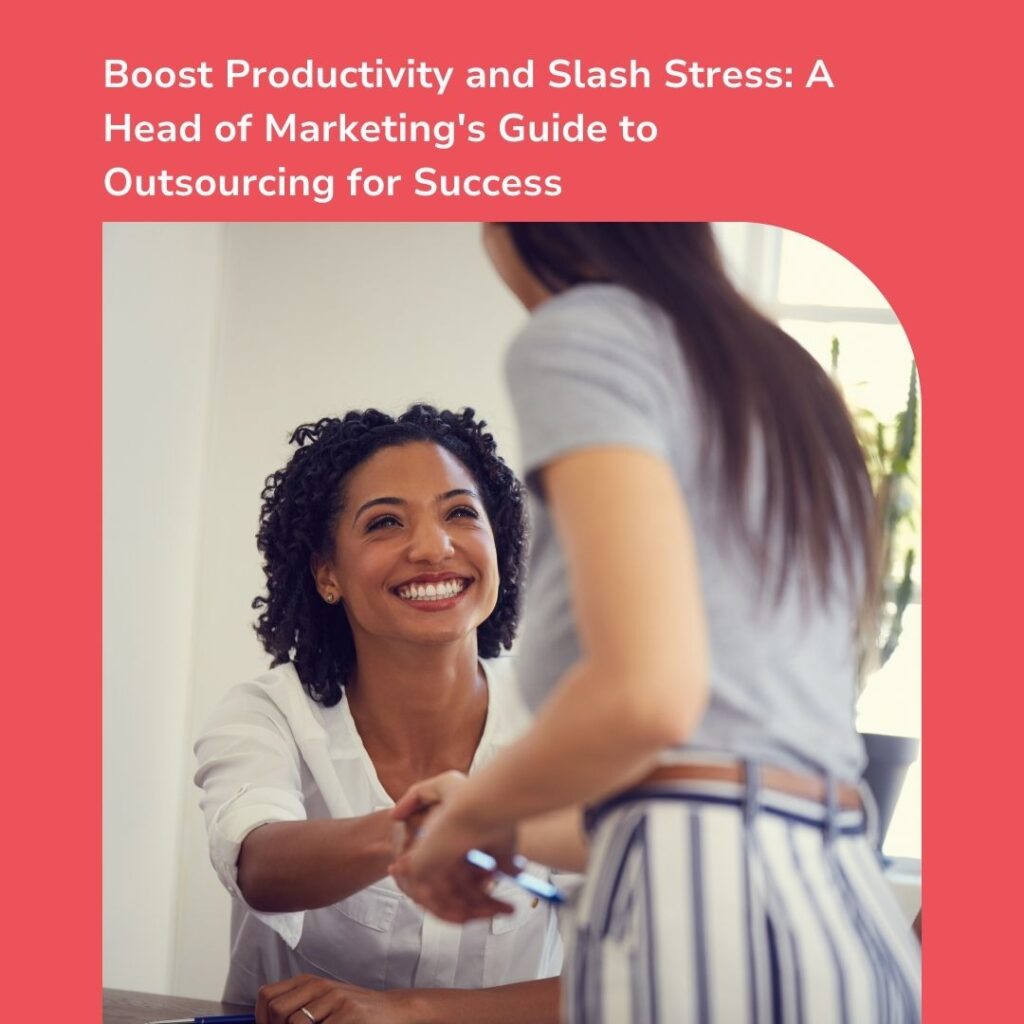[vc_row][vc_column][vc_column_text]
Keywords – Microexpressions
The inspiration for this blog comes from a recent article on Harvard Business Review by Kasia Wezowski. You can read the original article here.
What is your first thought when the topic of reading people is brought forward? From a business perspective, the ability to read people can be the difference between making or breaking a deal.
If you have been intoxicated enough by the content on LinkedIn, you will think about body language. (A few of you know exactly what I am referring to).
But, body language is too “out there”. Even a kid can read an exaggerated motion.
And, in any case, reading body language is not always an option. (Try reading the body language of a traditional Japanese businessman or a lady in a niqab).
In any case, the whole idea behind picking differences in motion is a limiting one. You need to dive deeper into picking what is common across cultures.
Microexpressions
At the deepest level of expressions, we are more similar than you think.
The slight expression of anger, excitement, disgust, attraction, and beyond translates across every culture. These slight expressions are called microexpressions.
It is true that some cultures are better at hiding their microexpressions. But, no human can hide them completely. Put people in a natural situation and, through enough concentration, you will be able to read people.
This points toward a general human attribute that limits business success.
Misplaced Focus on Differences
We have a tendency to try and find the differences between different samples.
But, from a business perspective, this is a limiting view. Instead, by focusing on the similarities in a sample, you are able to spread your business more effectively.
In any case, it is more sensible and sustainable to target an audience with a common reaction to your product. No scaled business is built for a limited audience.
Preferably, you need to find these similarities before developing a business. But, you can still be successful by finding the right audience for your product. In any case, even if you start with a defined audience, it is advised to tweak later to find further openings – to expand and find other similarities.
This will take your business from merely successful to scalable.
To learn more, get in touch with us today.
And, if you are interested in topics that combine philosophy and business, you may also like:
[/vc_column_text][/vc_column][/vc_row]









